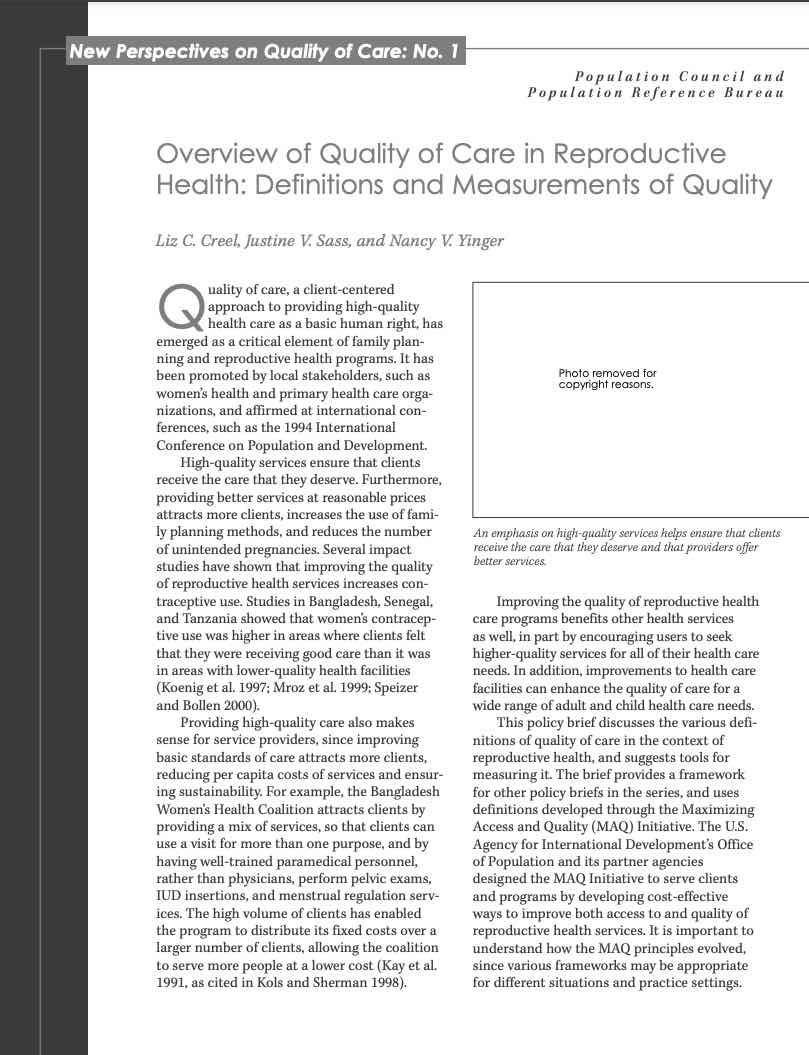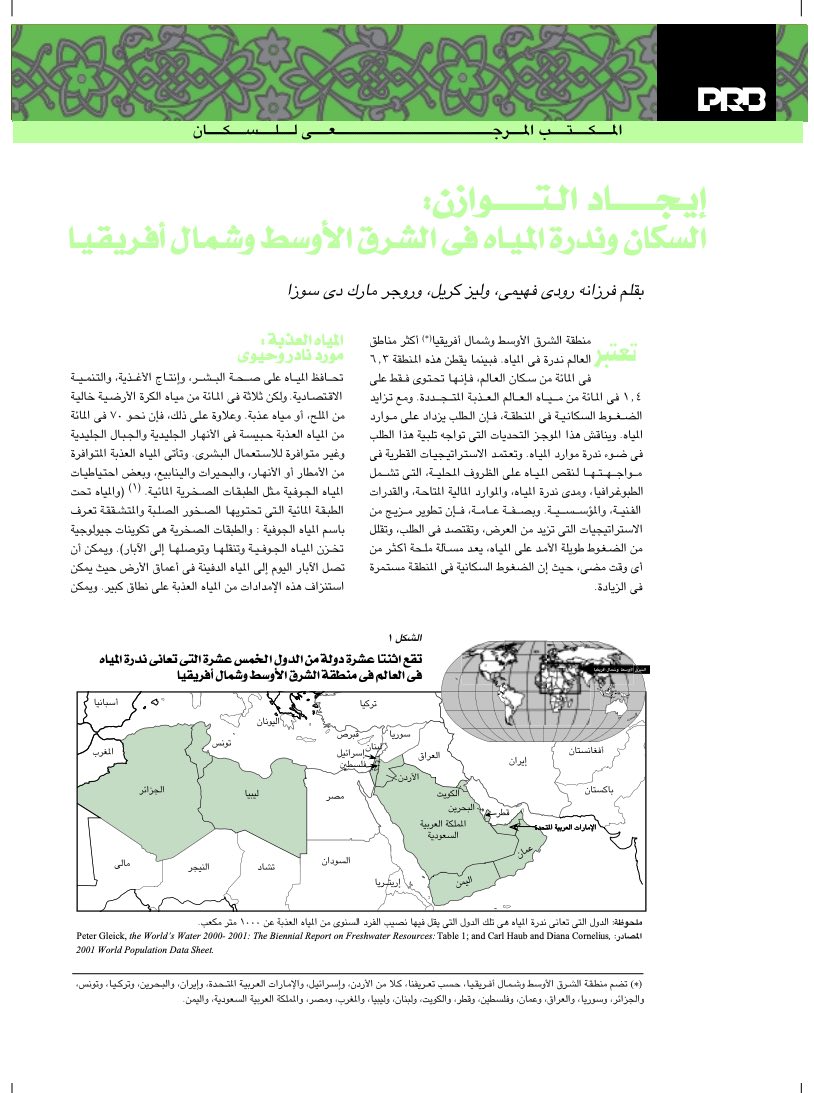Changing Race and Ethnicity Questions on the U.S. Census Form Reflect Evolving Views
Census questions about race and ethnicity have evolved over time, as have Americans’ views about racial and ethnic identification.

Census questions about race and ethnicity have evolved over time, as have Americans’ views about racial and ethnic identification.
(2003) From instituting new maternal health policies to addressing the quality of health services for pregnant women and their newborns, Guatemala is taking a number of steps to try to reduce deaths and disability related to pregnancy, delivery, and postpartum complications.
(2009) While the main function of the U.S. decennial census is to provide counts of people for the purpose of Congressional apportionment, the primary purpose of the ACS is to measure the changing social and economic characteristics of the U.S. population.

(2002) Quality of care, a client-centered approach to providing high-quality health care as a basic human right, has emerged as a critical element of family planning and reproductive health programs.

The global population milestone of 8 billion represents nearly 7% of the total number of people who have ever lived on Earth.
(2004) As the 2000 election made clear, the presidential election actually is a series of 51 “winner take all” contests in each state and the District and Columbia. The candidate who wins a particular state is entitled to all of that state’s electoral votes—the equivalent of that state’s total number of senators and representatives.

(2002) The Middle East and North Africa (MENA)* is the most water-scarce region of the world. Home to 6.3 percent of the world's population, the region contains only 1.4 percent of the world's renewable fresh water.
(2006) The United States is set to reach a milestone in October. Joining China and India, it will become the third country to be home to at least 300 million people.
(2010) Over the past several decades, the U.S. Census Bureau has used variations in its attempt to classify and enumerate Latinos.

Income, neighborhood characteristics, and state policies may underly racial disparities in who gets needed care, despite federal efforts to expand home-care programs.